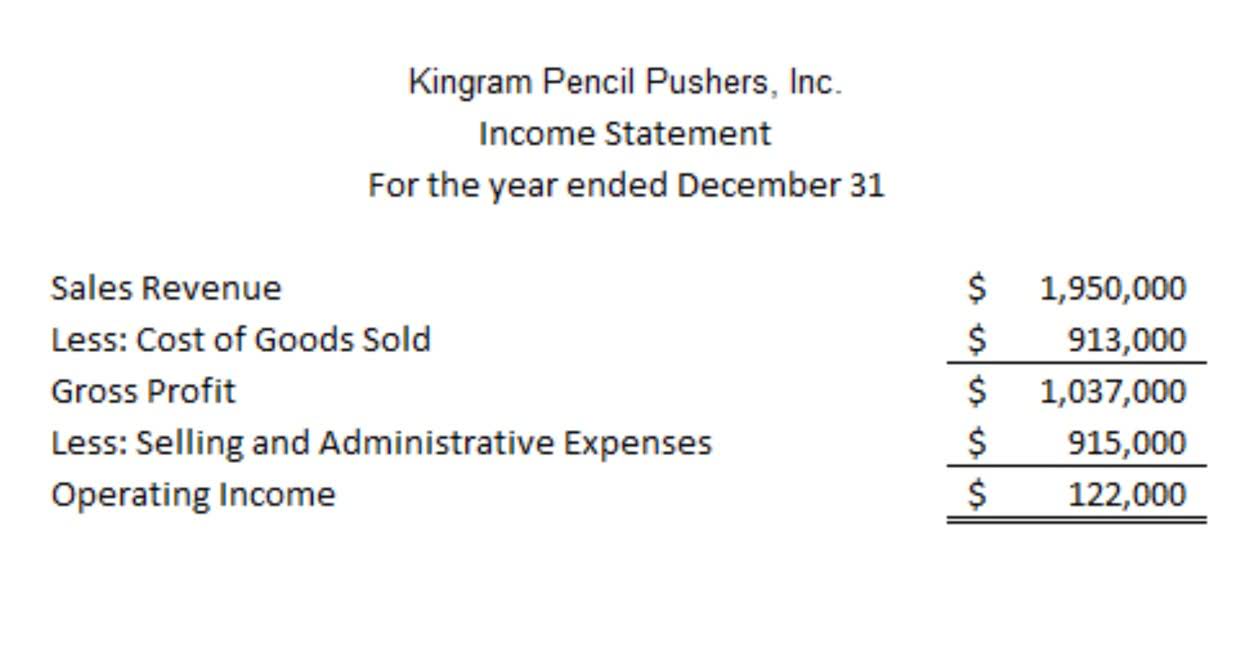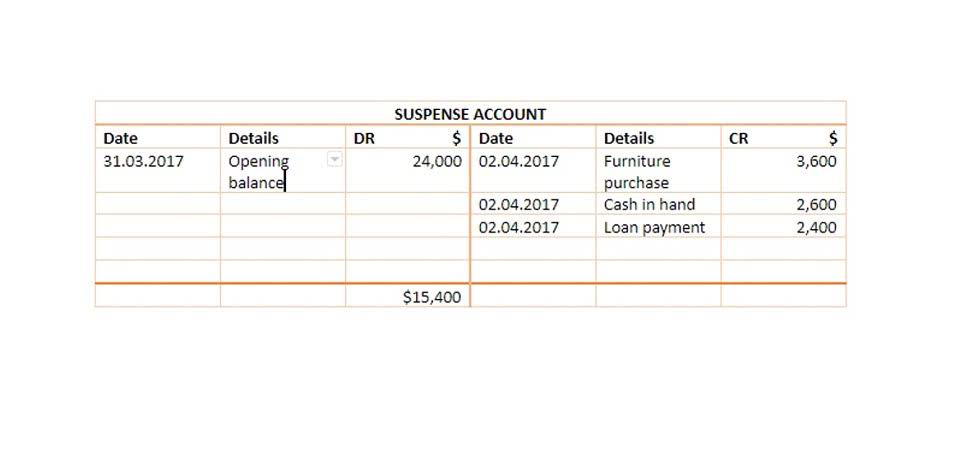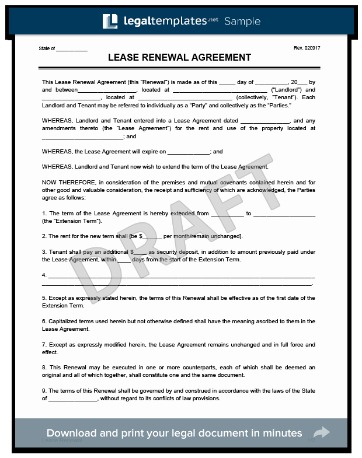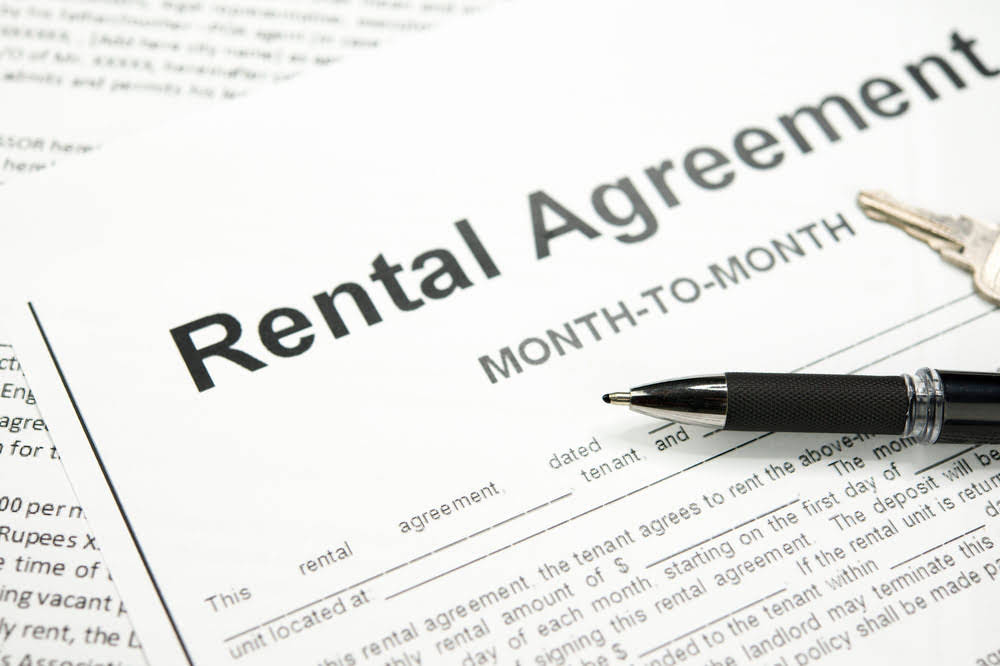Each type of account serves a different purpose and comes with unique features to support your business needs. Novo’s highly rated business banking app earns 4.8 out of 5 stars on the App Store and 4.6 out of 5 on Google Play. The first 2,500 transactions (including deposits, paid items and ACH transfers) and $50,000 in cash deposits are free each month.
How to open a business checking account online
If you tend to keep a high balance in your checking account, you may find high-yield business checking accounts particularly valuable. With both types of accounts, you’re typically able to make deposits and withdrawals, process ACH payments, write checks and use a debit card to make purchases and use ATMs. We picked Capital One Enhanced Checking because it offers a strong combination of benefits and accessibility. Notably, you won’t pay anything for incoming or outgoing domestic wire transfers, which is rare among business bank accounts. You’ll also have free access to a massive ATM network and branch locations across the country.
- It allows for fee-free ATM withdrawals at over 38,000 locations, invites users to get paid up to two days early, and provides fee-free overdraft coverage up to $200.
- If your business is a sole proprietorship or single-person LLC, you can use your Social Security number—instead of an Employer Identification Number—to open a business checking account.
- We like Brex for it’s low fees — no maintenance fees, $0 wires and no account minimums.
- This package also includes Cash Flow Insight tools for accounts receivable and payable, invoicing, payments and more.
Opening a bank account for a small business is an essential step to help manage the business and keep its finances in order. If you’re a small business owner looking to find the right business account, here’s where to get one, what to look out for and how one of these accounts can help you. To avoid any potential account opening delays, request a copy of your ChexSystems report and ensure all information is correct. If you spot a mistake, you can file a dispute to ChexSystems to get it fixed before opening a business checking account. Under the Fair Credit Reporting Act, you’re entitled to a free copy of your ChexSystems once every twelve months.
Basic Bookkeeping for Small Businesses
Several banks and credit unions offer business checking accounts that are especially suited to small business owners. Business checking accounts are primarily used for everyday business transactions, including deposits, withdrawals and payments. On the other hand, business savings accountsare who enforces gaap typically used for specific savings goals, such as taxes, emergencies and employee benefits.
You may also consider a business money market account, which allows you to earn interest while offering the flexibility of check-writing or debit card access. The First Internet Bank Do More Business Checking account won best for unlimited transactions because it doesn’t have transaction limits, any minimum deposit or balance requirements, or monthly maintenance fees. It also earns 0.50% APY for accounts with an average daily balance of $10,000 and reimburses up to $10 per month in ATM fees. The bank’s business checking and savings accounts all charge monthly maintenance fees that can be waived by why is the statement of owner’s equity prepared before the balance sheet maintaining a high balance or, sometimes, becoming a Preferred Rewards for Business member. You’ll use a business bank account similarly to how you use a personal account. If it’s a checking account, you’ll pay bills, receive payments, deposit checks and more.
Best for Low-Cost Business Services + ATM Fee Rebates
Once you’ve selected a bank, gather your identification and business documents. Have your Social Security number and Employer Identification Number (EIN) ready, as well as certified business documents such as your articles of incorporation, business license or partnership agreement. Axos charges no ATM fees and gives unlimited refunds on the fees charged by other ATM operators. You can also make deposits at compatible Allpoint+ ATMs with no fees charged by Axos. This varies between institutions, so make sure you’re aware of the specific amount needed to fund your new account when applying. We like the Wells Fargo Business Market Rate Savings account because you can make up to 20 deposits, $5,000 in cash, free each statement period.
Choose one that fits your needs, and pay close attention to fees and interest rates to get the most value. There’s also the Bank of America Advantage Savings and the Bank of America Fixed Term Business Certificates of Deposit. The best banks for small businesses offer specialized accounts, competitive interest rates and a suite of tools for growing companies. NBKC charges how to calculate the present value of a sum of money remarkably few fees — there’s no monthly fee nor a fee on transactions, ATM withdrawals, incoming wires or overdrafts. Earn up to 3.00% APY with savings accounts to separate and continually contribute to reserves for taxes, investments in your growth and unexpected emergencies.
Axos, U.S. Bank, LendingClub, and Wells Fargo round out the rest of our top picks. They’re easily accessible and have relatively low fees and minimum balances, with generous transaction limits. Relay offers a straightforward, free online business banking solution that lets business owners open up to 20 checking accounts and create multiple user roles. You can open most small business bank accounts online, although some institutions may require you to open one in person.




















